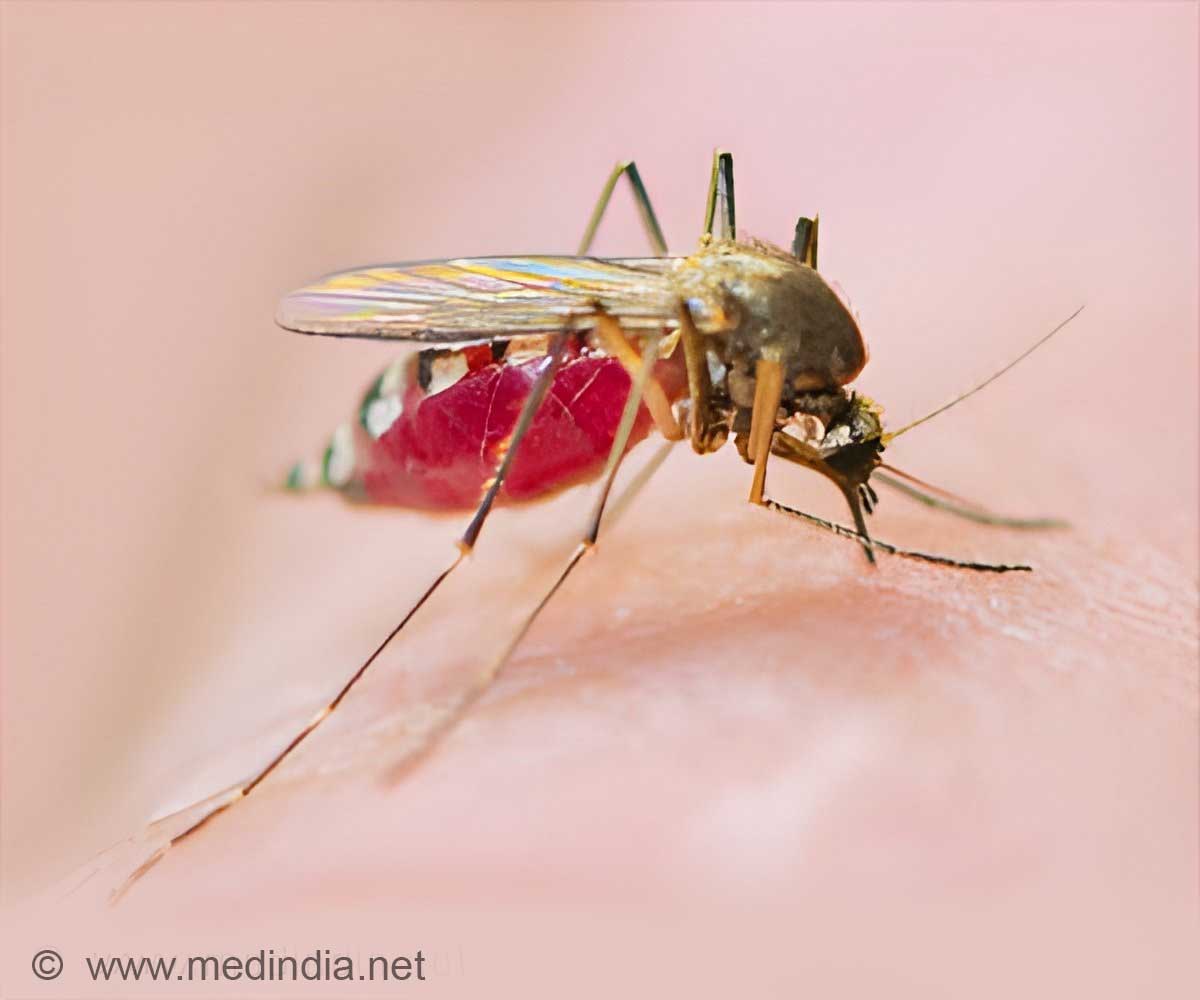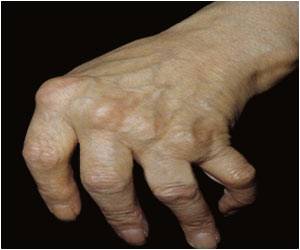The molecular mechanism by which artemisinin acts on malarial parasite identified out more clearly, and this leads to the discovery of gephyrin modulators.

‘Mechanism of action of Artemisinins in treating malaria was identified. This identification helps to optimize these agents into highly specific modulators of gephyrin for treating Alzheimer's disease, schizophrenia, and epilepsy.’
Read More..




For example, artemisinins are able to activate the immune system against several types of cancer or to regulate the differentiation of pancreatic T? cells, which could potentially be useful in the therapy of diabetes.Read More..
Molecular Mechanisms so far unknown
"Although this clinically-approved drug class is well established and has been used in some extent for centuries, it was unclear which molecular mechanisms underlie the corresponding cellular activities, such as target protein rfhumecognition and modulation," explains Dr. Vikram Kasaragod.
The postdoctoral fellow in the research group of Professor Hermann Schindelin at the Rudolf Virchow Center is the first author of this article and ensures with this research work a significant gain in knowledge. The study was published in the journal Neuron.
Comprehensive model for the regulation of inhibitory neurotransmission developed
Advertisement
Gephyrin has only recently been identified as an artemisinin target protein. The results clearly demonstrate how artemisinins target the universal receptor binding pocket in gephyrin and compete with the inhibitory neurotransmitter receptors for an overlapping binding site. These new findings could thus also serve as an effective tool to understand the physiology of the human brain.
Advertisement
Important step for the development of drugs
"Our data not only provide a solid foundation for understanding how artemisinins are recognized by a target molecule, but will also help researchers to develop and optimize these agents into highly specific modulators of gephyrin. These modulators may play an important role in the treatment of neurological diseases such as Alzheimer's disease, schizophrenia and epilepsy," says Schindelin, the lead investigator.
The data published in Neuron are the result of an interdisciplinary collaboration with other groups at the University of Würzburg, the University Medical Center in Hamburg and the University of Copenhagen.
Source-Eurekalert







